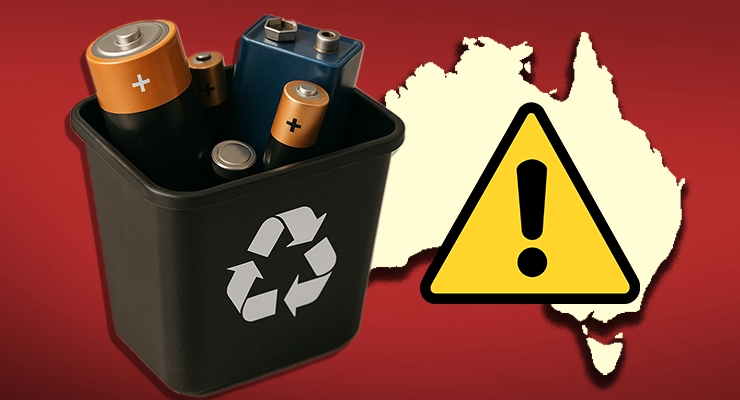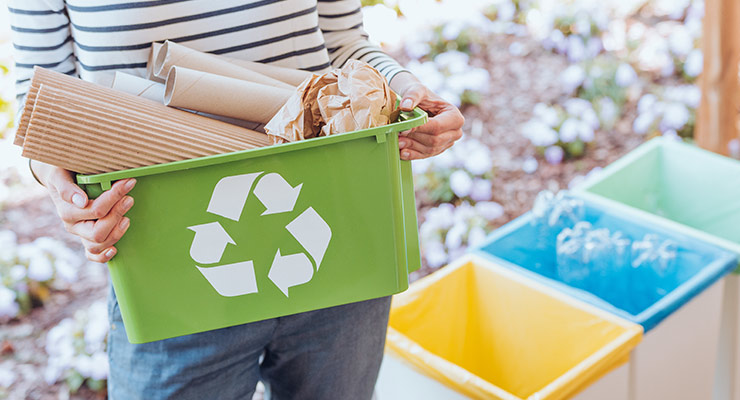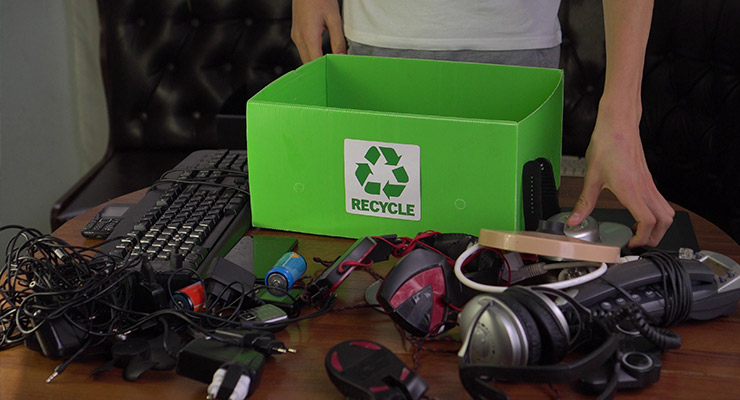Fast read
In Australia, battery disposal is managed through a combination of national schemes, state and territory laws, and specific regulations for different battery types. The government-backed B-cycle scheme provides a national framework for recycling common household and electronic batteries, but it is not a complete regulatory system on its own. Most batteries are classified as hazardous or controlled waste, making it illegal to throw them in household bins due to fire risks and environmental contamination. New South Wales has recently passed pioneering legislation to mandate battery stewardship, a model other jurisdictions may follow.
Your Guide to Battery Disposal Regulations in Australia
In Australia, battery disposal is managed through a combination of national schemes, state and territory laws, and specific regulations for different battery types. The government-backed B-cycle scheme provides a national framework for recycling common household and electronic batteries, but it is not a complete regulatory system on its own. Most batteries are classified as hazardous or controlled waste, making it illegal to throw them in household bins due to fire risks and environmental contamination. New South Wales has recently passed pioneering legislation to mandate battery stewardship, a model other jurisdictions may follow.
As Australian homes and businesses embrace battery-powered devices, from TV remotes to large-scale solar energy storage, the question of what to do with them at the end of their life becomes crucial. Disposing of batteries isn’t as simple as tossing them in the bin; a complex web of regulations exists to protect our environment and public safety.
Understanding these rules helps ensure these powerful products are managed responsibly from purchase to disposal.
Why is regulated battery disposal so important?
Throwing batteries into your general waste or recycling bin is illegal and poses significant dangers. Batteries contain hazardous materials like lead, mercury, and lithium. If they end up in a landfill, their casings can break down, allowing toxic chemicals to leak into the soil and contaminate groundwater.
Furthermore, certain batteries, especially the lithium-ion types found in everything from mobile phones to home solar systems, present a major fire hazard. When damaged or compacted in a garbage truck or waste facility, they can short-circuit, overheat, and ignite, causing intense fires that are difficult to extinguish.
Proper recycling allows for the recovery of up to 95% of a battery’s components, including valuable materials like lithium, cobalt, and nickel. This reduces the need to mine for new resources and supports a circular economy.
The national approach: The B-cycle stewardship scheme
Australia has a national, government-backed battery stewardship scheme called B-cycle. Run by the Battery Stewardship Council, B-cycle is a voluntary program funded by battery manufacturers and importers to create a safe and transparent recycling network.
The scheme provides thousands of drop-off points across the country in places like major supermarkets and hardware stores, making it easier for consumers to recycle used household batteries. It focuses on ensuring that the collected batteries are properly sorted and processed to recover valuable materials.
However, the B-cycle scheme is not a complete regulatory solution on its own and has faced challenges with ‘free-riders’—companies that don’t voluntarily participate. This has led to calls for stronger, mandatory regulations.
State and territory regulations: A complex landscape
The primary responsibility for regulating waste falls to the states and territories, resulting in a varied legal landscape across the country.
Generally, most jurisdictions classify batteries as ‘hazardous’ or ‘controlled’ waste. This classification triggers specific legal requirements for their transport, storage, and disposal. For example, transporting commercial quantities of used lead-acid batteries requires a licensed controlled waste transporter. Each state’s Environmental Protection Authority (EPA) oversees these rules.
Recently, there has been a significant move towards stronger, mandatory regulation. In March 2025, New South Wales became the first Australian state to pass a Product Lifecycle Responsibility Act. This groundbreaking law will require battery suppliers to participate in mandatory stewardship schemes covering everything from product design and packaging to collection and recycling. The legislation aims to tackle the serious fire risk posed by batteries and will extend to those embedded in products like e-bikes and power tools. It is anticipated that other states may adopt similar frameworks to create a more harmonised national approach.
Specific rules for different battery types
- Lead-Acid Batteries: Commonly used in vehicles and some older off-grid solar systems, these are classified as hazardous waste nationally. Their transport is governed by the Australian Dangerous Goods Code and specific state-based waste regulations. Fortunately, lead-acid batteries are highly recyclable, with recovery rates up to 98%.
- Lithium-Ion Batteries: These are now the standard for everything from smartphones and laptops to home energy storage and electric vehicles. Due to their high energy density and fire risk, their disposal is a major focus of new regulations. The NSW legislation is a direct response to the growing number of fires caused by improperly disposed of lithium-ion batteries.
- Household Batteries: Standard AA, AAA, and button batteries can be taken to B-cycle drop-off points. Simple safety steps, like taping the terminals of used batteries, are recommended to prevent short-circuits and fire risks during collection and transport.
What are your responsibilities as a homeowner or business?
For everyday batteries from small appliances, the process is straightforward:
- Collect them safely: Store used batteries in a cool, dry place in a non-conductive container (like a glass jar or cardboard box).
- Tape the terminals: For button batteries and any with exposed terminals (like 9-volt batteries), placing clear sticky tape over the ends is a critical safety step.
- Find a drop-off point: Use the B-cycle website to find your nearest collection point, which could be at a local Woolworths, Coles, Aldi, or Bunnings.
For larger batteries from solar PV or energy storage systems, the process involves your accredited installer. When a solar battery reaches its end of life, the installer who replaces it is responsible for ensuring the old unit is sent to an appropriate recycling facility. They will manage the safe disconnection and transport according to dangerous goods and hazardous waste regulations.
The future of battery regulation in Australia
The Australian regulatory landscape for battery disposal is evolving rapidly. Spurred by the pressing safety and environmental risks, governments are moving from voluntary schemes towards mandatory product stewardship. The Productivity Commission and other bodies have highlighted the need for a harmonised national framework to ensure all manufacturers and importers contribute to the responsible end-of-life management of their products.
As we increasingly rely on batteries to power a cleaner energy future, robust regulations are essential to ensure this transition is safe and truly sustainable.





